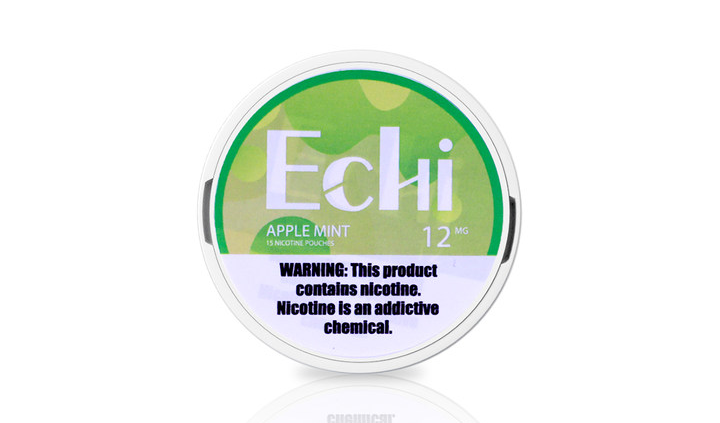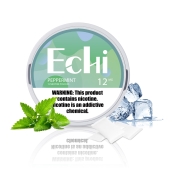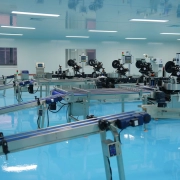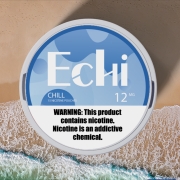Where Are Nicotine Pouches Made? A Comprehensive Guide for Corporate Buyers
1.The Growth of Nicotine Pouches
Nicotine pouches have rapidly emerged as a dominant force in the global nicotine alternatives market. With their discreet, smoke-free, and spit-free design, these products appeal to health-conscious consumers looking for harm-reduction solutions. For corporate buyers—wholesalers, distributors, and private-label brand owners—understanding where these products are manufactured and how to approach bulk procurement is critical to ensuring both product quality and profitability.
This guide offers actionable insights into leading production regions, procurement strategies, cost structures, and the difference between white label and OEM services. Whether sourcing locally or abroad, this report equips you with the knowledge to make informed, strategic purchasing decisions.
2. Global Production Regions: Key Players in Manufacturing
Several regions around the world have established themselves as powerhouses in nicotine pouch production, each offering unique advantages.
A. United States
As one of the pioneers in smokeless nicotine products, the U.S. continues to be a top-tier producer. Facilities here benefit from a highly regulated environment, with manufacturers adhering to FDA guidelines and Good Manufacturing Practices (GMP). U.S.-made pouches are renowned for their premium quality, making them ideal for buyers targeting markets with strict compliance and high consumer expectations.
B. Sweden and the Nordic Region
Sweden is considered the birthplace of snus and a global innovator in tobacco-free nicotine delivery. Nordic factories excel in producing high-quality, portioned nicotine pouches that comply with European Union safety standards. The region also leads in sustainable manufacturing and eco-friendly packaging—factors increasingly valued in today’s marketplace.
C. China
China is emerging as a major supplier for cost-effective nicotine pouch manufacturing. Its advantages lie in scalable infrastructure, flexible MOQs, and competitive pricing. However, due diligence is vital: corporate buyers must verify certifications and production standards to ensure consistent quality and regulatory compliance.
D. Other Emerging Regions
India, Eastern Europe, and select Southeast Asian countries are stepping into the nicotine product space with smaller-scale but specialized offerings. These regions can offer unique sourcing opportunities for niche products or brands looking to diversify their supply chain.
For product overviews and sourcing leads, visit SnuffFactory’s product page.
3. Procurement Channels: Regional Insights for Buyers
A. Direct Manufacturer Partnerships
Engaging directly with manufacturers provides the highest level of control and flexibility. Whether sourcing from a nicotine patch supplier or pouch producer, direct contact ensures transparency, customization, and better pricing for high-volume orders. Platforms like SnuffFactory simplify this connection.
B. Regional Distributors
In North America and Europe, distributors can serve as intermediaries with added logistical support. While this may ease operations for smaller orders, larger corporate buyers should consider bypassing middlemen to maximize cost-efficiency and customization.
C. Online B2B Platforms
Alibaba and similar platforms provide access to a wide range of Asian suppliers. However, buyers must conduct thorough vetting, request samples, and confirm certifications before committing to bulk purchases.
4. Cost Composition: Breaking Down Expenses
Understanding the components of nicotine pouch pricing helps procurement professionals allocate budgets wisely and negotiate favorable contracts.
A. Machinery & Equipment
State-of-the-art pouching machines play a critical role in ensuring uniform size, fill weight, and sealing. Countries like the U.S. and Sweden typically incur higher upfront production costs due to superior automation, which translates into better quality and consistency.
B. Raw Materials
-
Nicotine Base: Costs vary depending on whether nicotine is synthetic or tobacco-derived, with synthetic nicotine often commanding a premium.
-
Pouch Material: Eco-friendly and biodegradable materials used in European facilities may cost more but offer sustainable appeal.
C. Labor & Process Efficiency
Automated production lines—common in China and parts of Europe—reduce labor dependency and operational costs, making these locations more price-competitive.
D. Regulatory Compliance
Manufacturers operating under FDA, CE, or GMP standards face higher compliance costs. However, these also ensure smoother market entry for buyers targeting regulated markets.
Explore supplier options and pricing tiers at SnuffFactory’s supplier page.
5. White Label vs. OEM: Understanding Your Options
Choosing the right manufacturing model can dramatically affect your brand’s time to market, customization level, and long-term scalability.
A. White Label
-
Definition: Off-the-shelf nicotine pouches rebranded under your company name.
-
Pros: Shorter lead times, lower development costs.
-
Best For: Startups or brands entering the market quickly with minimal upfront investment.
B. OEM (Original Equipment Manufacturer)
-
Definition: Fully customized products manufactured to your exact formulation, design, and packaging requirements.
-
Pros: Complete control over flavor, strength, pouch size, and branding.
-
Best For: Established brands aiming for differentiation and product innovation.
Recommendation:
White-label solutions are ideal for fast-tracking product launches. OEM is the go-to model for corporate buyers seeking long-term brand equity and control over product integrity.
Begin your OEM partnership at SnuffFactory’s contact page.
6. How to Place Bulk Orders: Steps for Successful Procurement
Efficient bulk ordering starts with preparation and ends with reliable logistics. Follow these steps to streamline your sourcing journey:
A. Request Product Samples
Evaluate pouch size, mouthfeel, flavor delivery, and packaging quality before scaling up.
Request samples here: SnuffFactory Inquiry.
B. Negotiate Key Contract Terms
Clarify MOQs, pricing tiers, payment schedules, exclusivity clauses, and delivery timelines upfront. Transparent agreements reduce risks during production and shipping.
C. Ensure Regulatory Compliance
Verify that the manufacturer adheres to relevant standards (FDA, CE, ISO) and request documentation. This is especially crucial for selling in the U.S., EU, and other tightly regulated markets.
D. Perform Quality Assurance
Ask for batch testing results or arrange third-party audits. This safeguards your reputation and ensures consumer safety.
E. Finalize Payment and Logistics
Depending on the supplier’s location, typical terms include 30% upfront and 70% before shipment. Coordinate with freight forwarders and track shipments using integrated logistics platforms.
7. Conclusion and Recommendations
Nicotine pouches are produced in several key regions worldwide, each offering distinct advantages in cost, compliance, and capacity. Whether sourcing from the U.S. for premium quality, Sweden for regulatory alignment, or China for price efficiency, corporate buyers must weigh their options carefully.
Choosing between white-label and OEM production depends on your brand goals—speed to market vs. customization. By understanding regional strengths, cost structures, and procurement workflows, companies can confidently scale their nicotine pouch offerings.
For seamless sourcing, transparent pricing, and premium manufacturing, consider SnuffFactory as your strategic partner. Leverage their industry expertise and global reach to grow your brand in the ever-expanding smokeless nicotine category.









Leave a Reply
Want to join the discussion?Feel free to contribute!